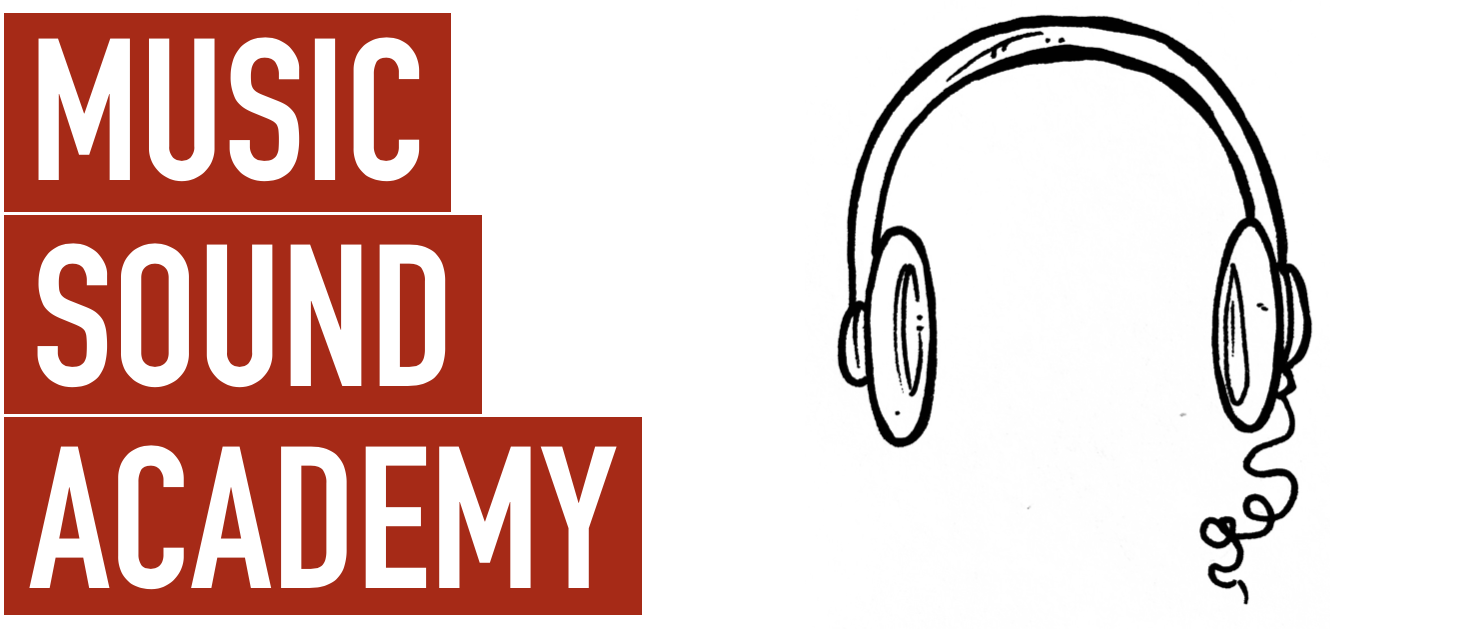
TRAINING PLANS
Learning music, like anything, is a matter of training, conditioning and repetition. Here we focus on the core focus you need to achieve what you want to achieve with the music you want to learn. Use these step by step guides alongside your weekly lessons and get guarenteed results FAST.
Learning a new piece of music from scratch can seen like a daunting task, especially if you're new to an instrument. But you'll be surprised at how quickly you can master the basics of any piece of music regardless of your level or ability. All you really need are persistence and patience.
Follow our SIX STEP PLAN below and see what progress you can make. Click here to download the Learn New Music PDF.
REVIEW
Look through the music and section it up if you can see clear sections on the page (it isn't always clear). Sections are usually made up of blocks of 4 bars but not always, and knowing how the piece sounds can help to identify the breaks and pauses on the page.

TOP TIP: colour code the sections of the music. This doesn't just allow you to see the sections clearly but can help you remember longer pieces by putting together the colour sequence as you go.
SHARPS, FLATS AND DETAILS
Write out the sharps/flats at the top of each page. It helps you know the scales, chords and arpeggios of the key the music is written in, but having the notes which are sharp or flat written at the top as a reminder is always a good idea.
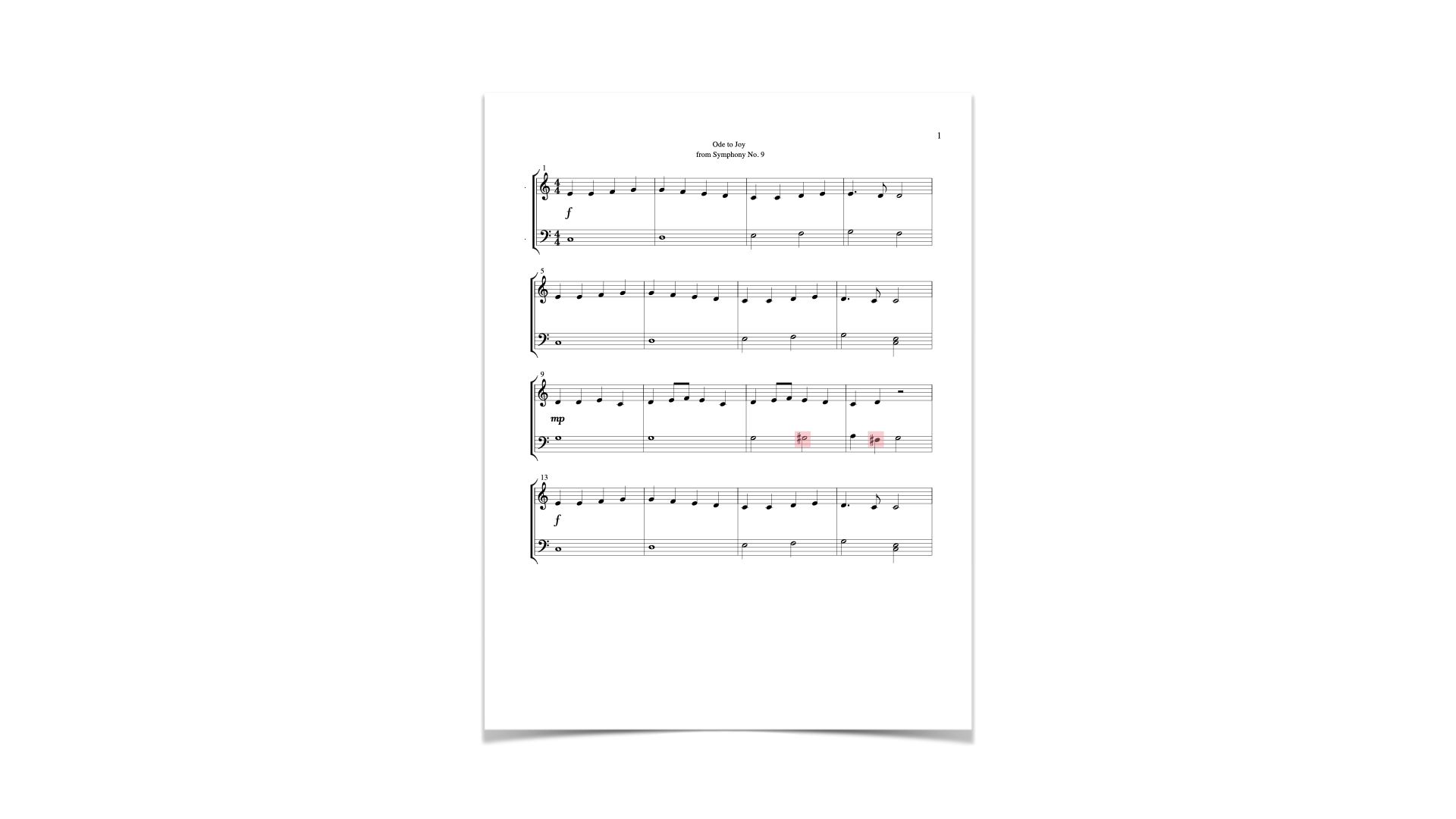
TOP TIP: colour the notes which will be sharp or flat using a highlighter so you know what to alter as you play, especially if you're new to sight reading.
SECTIONS
Focus on a particular section as though it were a mini piece of music. Go through the section using each hand separately (if playing the piano) or note by note until you get a sense of the shape of the section. Don't worry too much about rhythm until you get the notes.
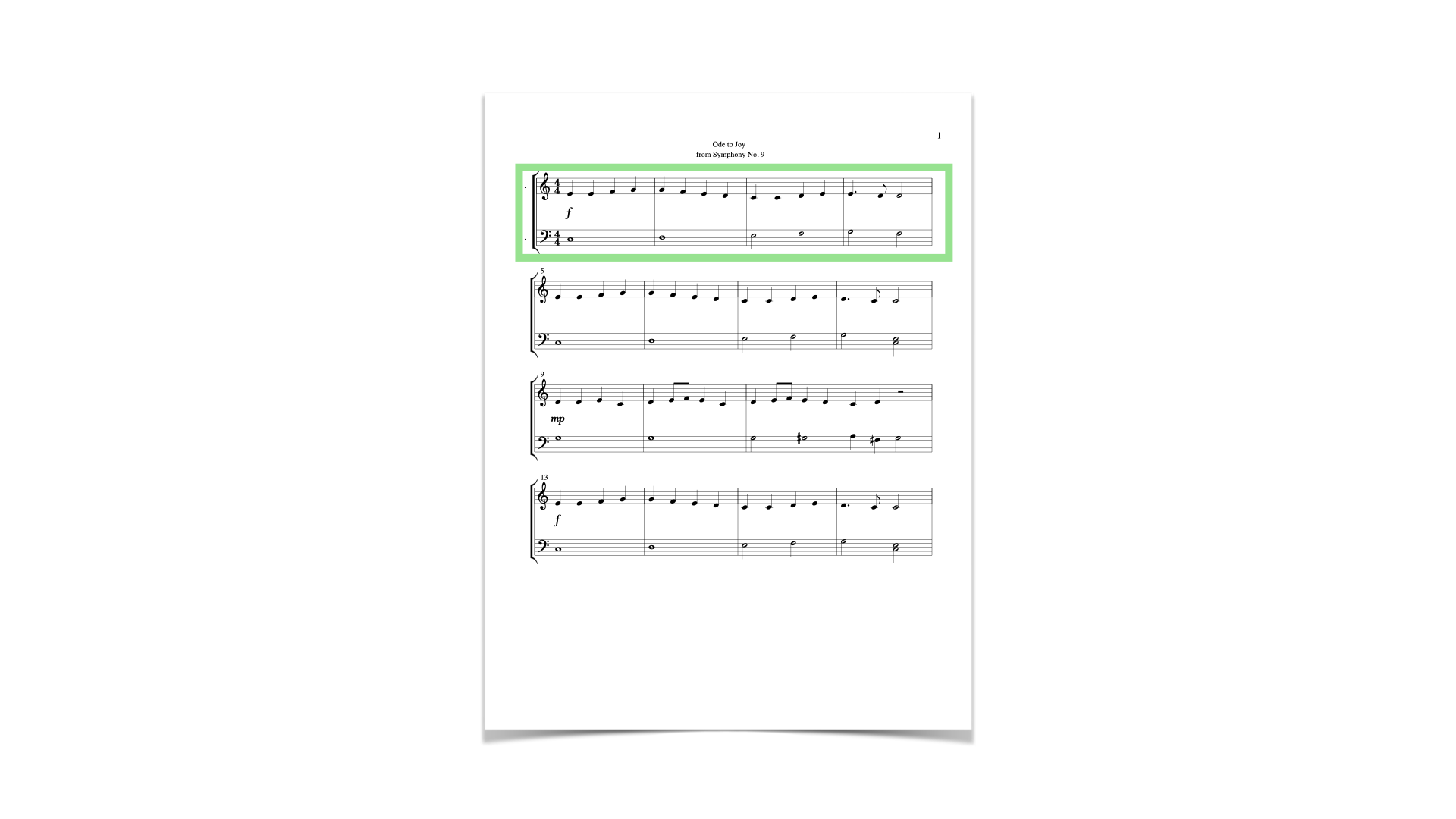
TOP TIP: if the section is too big to get a good sense of, break it down further and see if that helps.
SINGLE BARS
Focus on a single bar, then the next, then put the two together with focus on the join around the bar line. Keep doing this until the bars are smooth and the transitions are seemless. It can seem a bit laborious but the focus on the details will pay off when you're playing the piece as a whole.
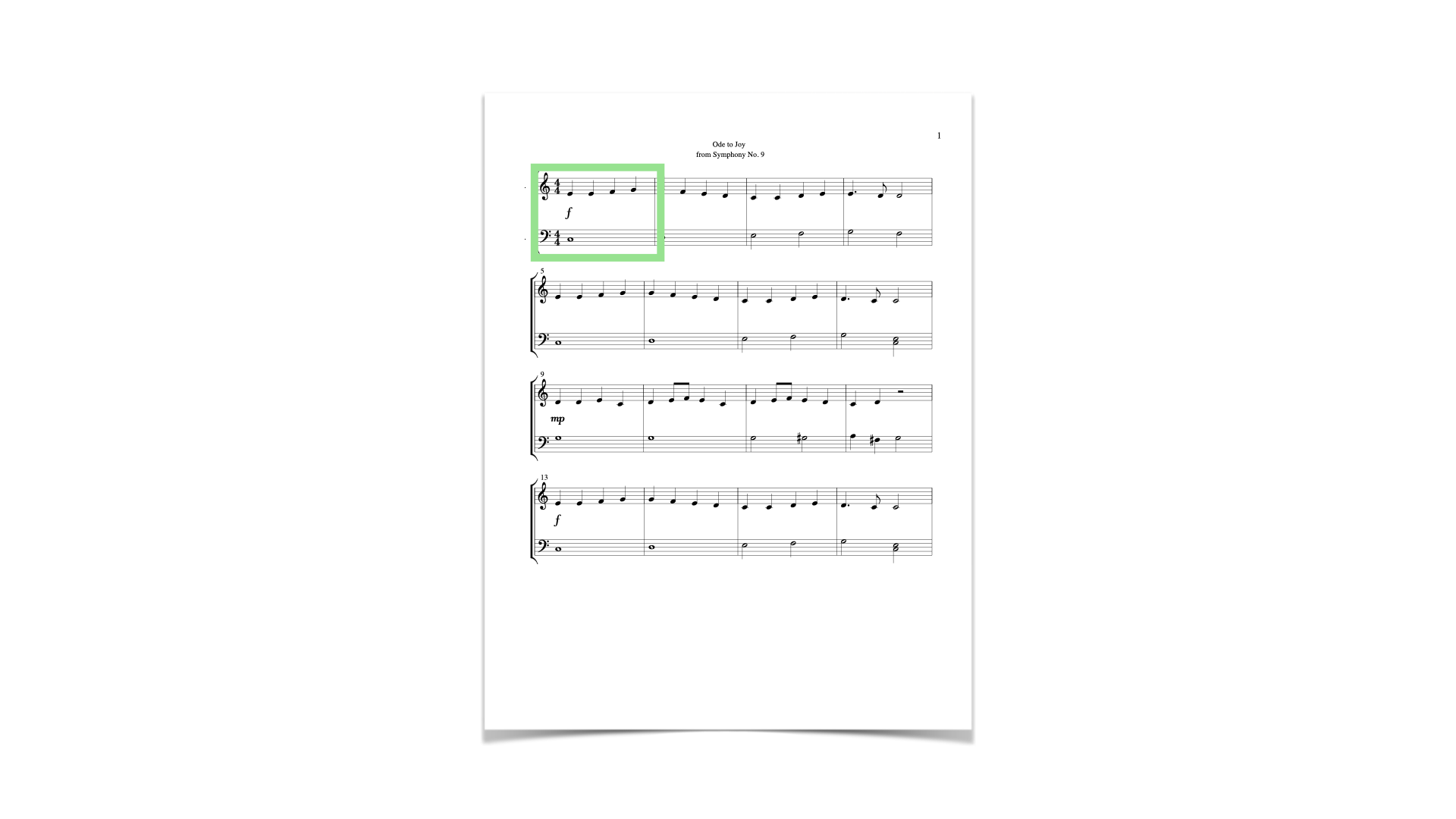
TOP TIP: focus on the fingering suggested in the written music and decide whether it works for your hands as everyone's hands are different.
HIGHLIGHT MISTAKES
Keep going until you have completed the entire section. Play through and highlight any delays or mistakes. Focus on those parts needing work to iron out the issues before moving on to the next section (going from step 3 on that).
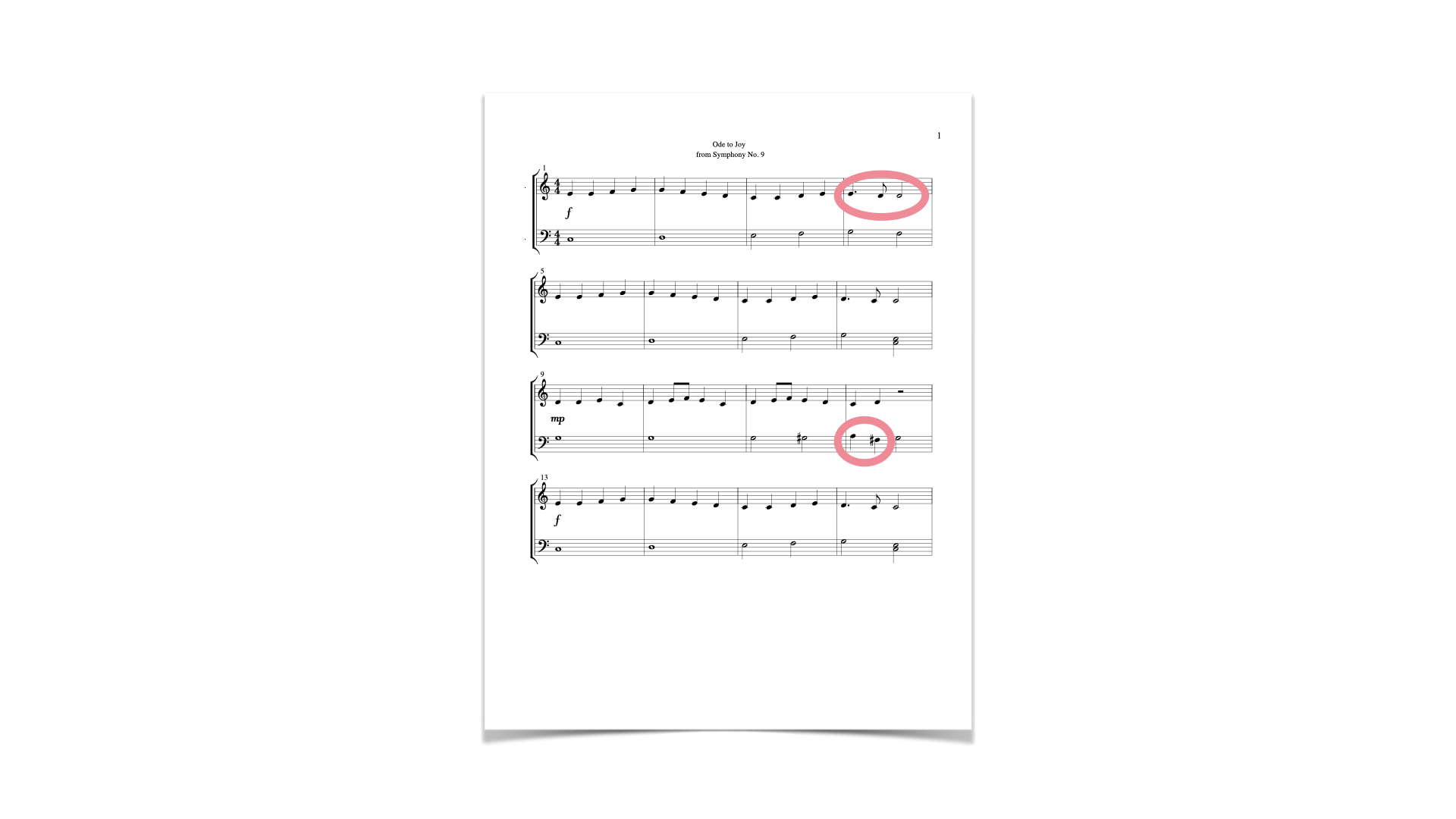
TOP TIP: record yourself playing so you can listen back and note down exactly where any mistakes are - sometimes it's difficult to hear yourself as you are playing especially if you're focussing on learning the mechanics of a new piece of music.
PLAY THROUGH
Once the sections are each under your control and the mistakes are minimal (or non existenct) try and play through the music in its entirety, once again highlighting any issues and focussing on them until they are resolved (using step 4 as a guide).
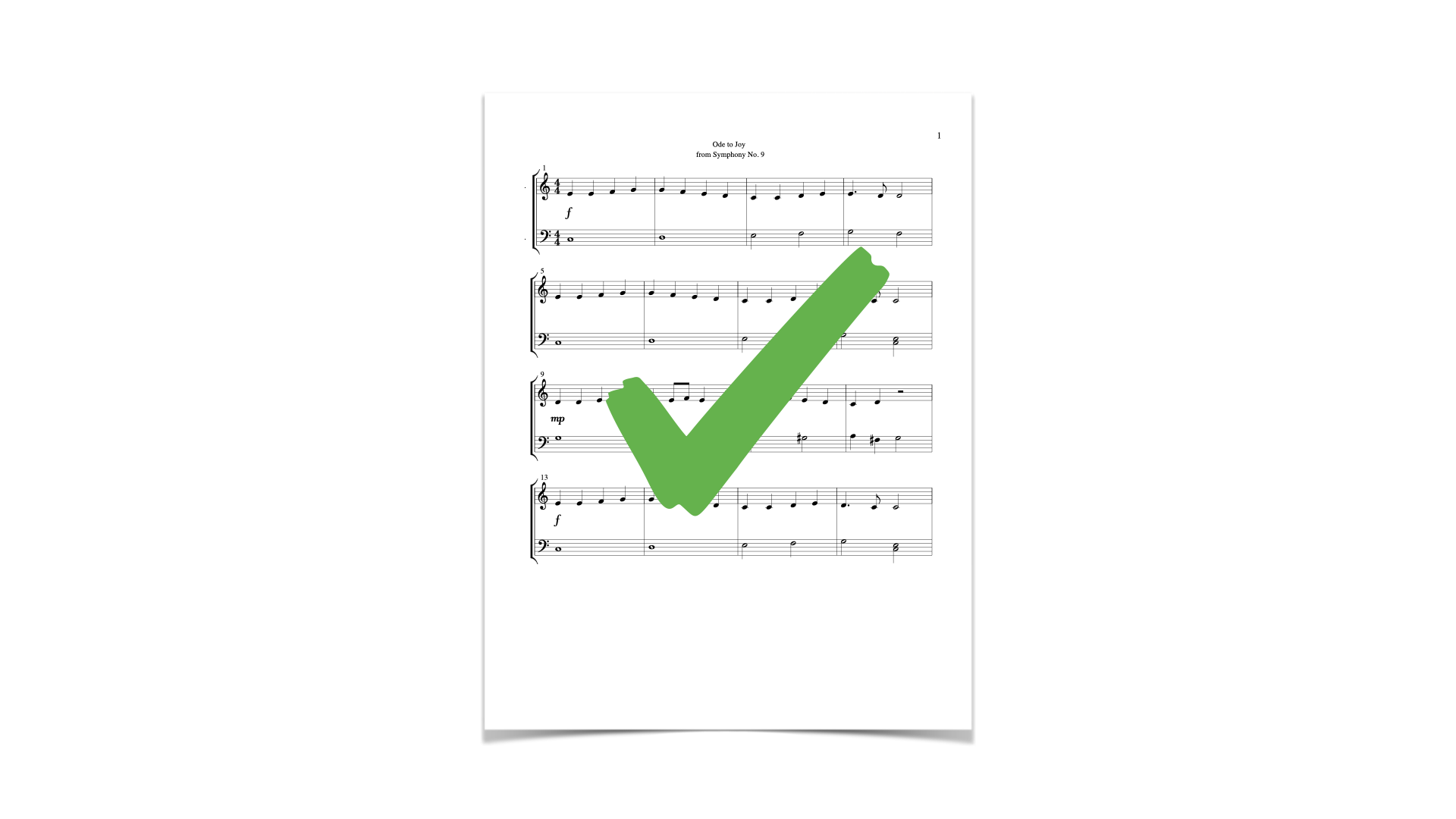
TOP TIP: Once you have the whole piece under control look at the details in the music such as dynamics, articulation and so on. The music is there to help you interpret the music in your own way but you'll be surprised what you can use from what's on the page already!
Coming Soon
Coming Soon